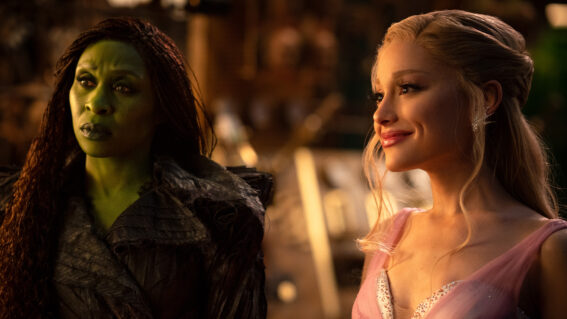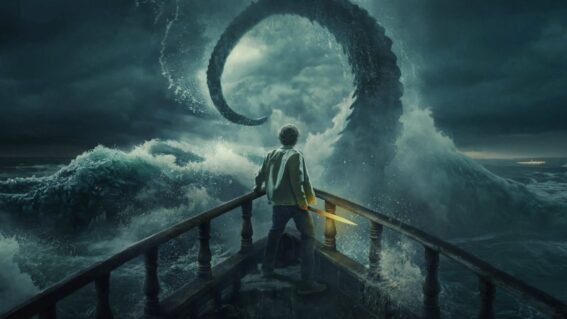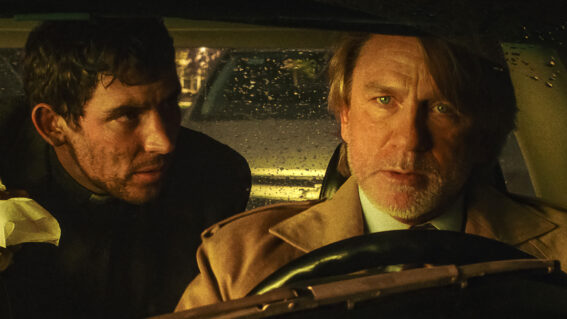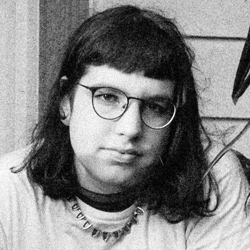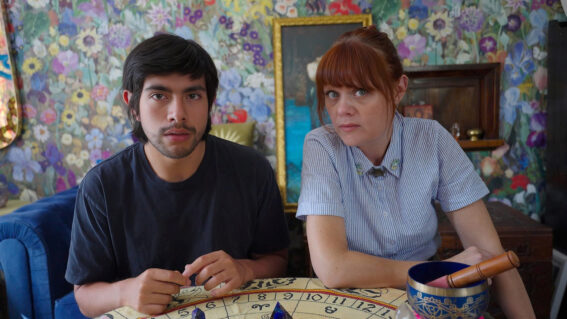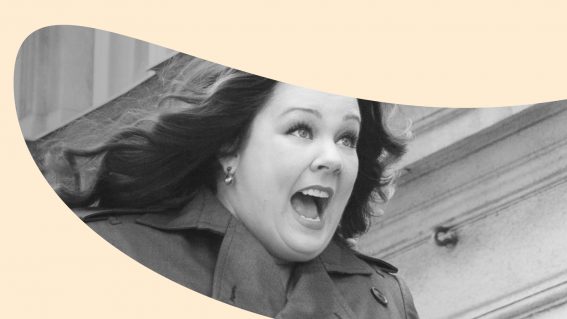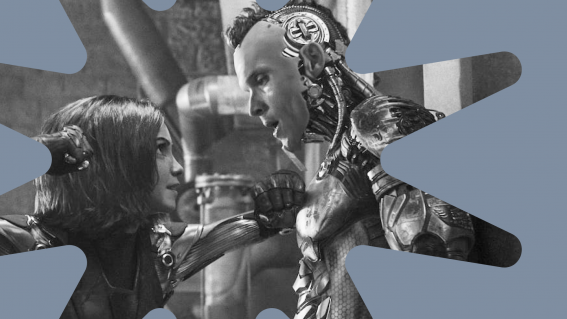28 Years Later is a heritage sequel with a difference: It’s absolutely insane
Danny Boyle and Alex Garland’s sequel embraces eccentricity, turning left when we expect it to turn right, then jabbing the WTF button.
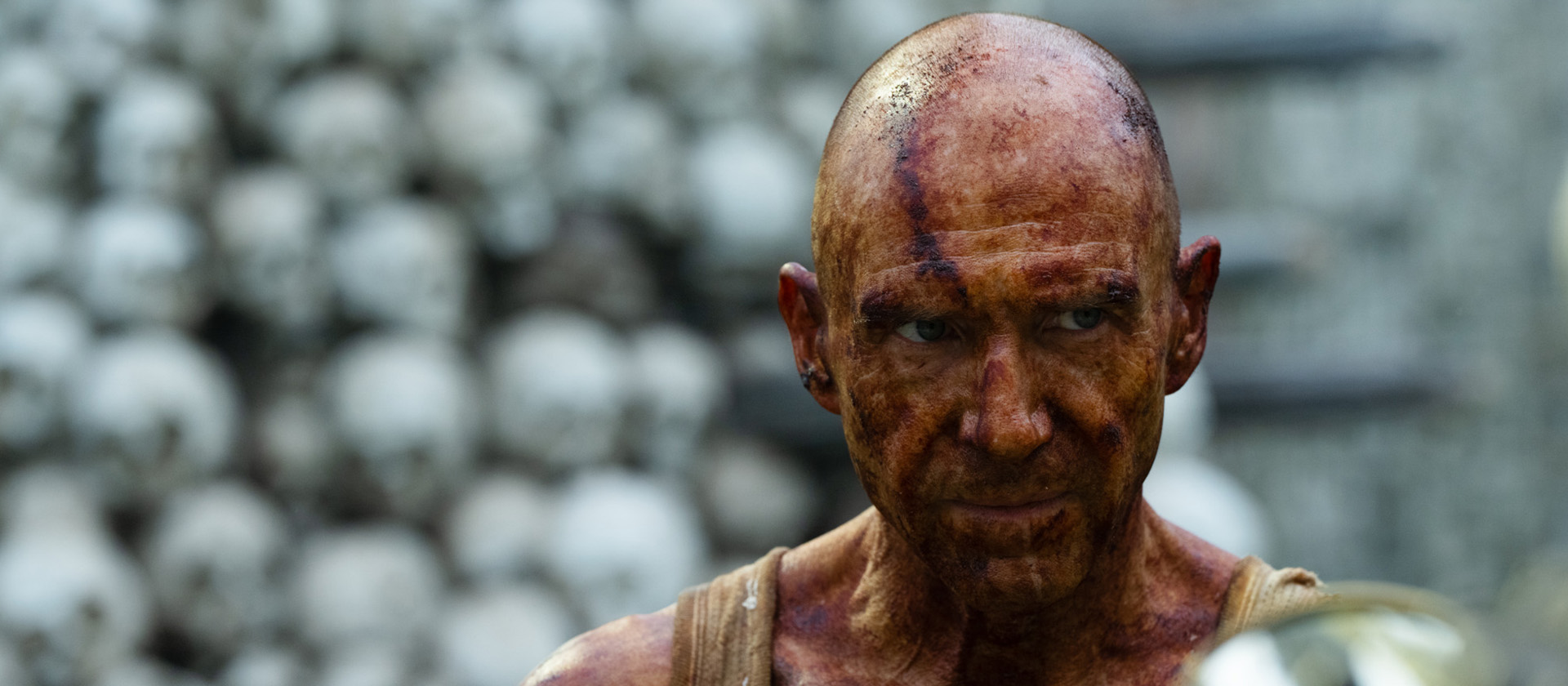
Bringing the zombie flick kicking, screaming and puking into the new millennium, 2002’s 28 Days Later saw the shuffling dead upgraded into sprinting, rage-infected killers. Urgently directed by Danny Boyle from a script by Alex Garland, it was a film of three parts—a great opening followed by a drifty middle then a disappointing ending.
Partly this is due to the cash running out, but also, partly it was a problem inherent in the idea. By opening out the zombie movie from the close confines of Romero’s Night, Dawn and Day, it was hard to know what to do next. Where to go when you can go anywhere?
Sponsored by the National Lottery, and full of haunting images of an irretrievably broken Britain, the film could be read as a furious critique of late-stage capitalism, or perhaps the fallout from Cool Britannia. Either way, when courier Jim (Cillian Murphy) wakes from a coma to an eerily empty London, we see the machinery of state—parliament, the church, the banks, the army—destroyed or self-destructing, forcing him and his fellow survivors (Harris and Megan Burns) to retreat to the countryside for safety.
While part one was shot before but released after 9/11, the so-so 2007 sequel 28 Weeks Later is unmistakably a work of this paranoid new world. Directed and co-written by Juan Carlos Fresnadillo (Intacto), and starring, well, everyone (Robert Carlyle, Rose Byrne, Jeremy Renner, Imogen Poots etc), it reverses the polarities, sending the survivors into central London for the American army to protect. Good luck with that. Whatever its flaws, as a portrait of the UK’s future isolationism it was pretty on the money.
Reuniting Boyle and Garland after 23 years, 28 Years Later is a strange, strange beast. As well as being a second sequel, it’s also the first part of a potential new trilogy—part two, Nia DaCosta’s The Bone Temple, is out next year, and part three is, unusually, yet to be financed. It embraces this eccentricity throughout, turning left when we expect it to turn right, then jabbing the WTF button at the last. It’s certainly not the movie the promotional campaign suggests. It’s not even, for the most part, a horror film. Perhaps that explains why reviews have been either ecstatic or confused.

Like 28 Days Later, it has a great opening act. After a prologue that teases a folk horror narrative to come, we meet the main protagonists: 12-year-old Spike (Alfie Williams), his father Jamie (Aaron Taylor-Johnson) and ailing mother Isla (Jody Comer). They live in a fortified village on Holy Island, which is attached to England by a long causeway. It isn’t a million miles away from Romero’s Survival of the Dead (2009) and, Brexit imagery aside—a dash of Kipling here, a burning St George’s Cross there—it actually looks pretty nice.
It’s definitely an improvement on what’s happening on the mainland, which we see through Spike’s eyes when he’s taken on a coming-of-age hunting trip by his father.
This section of the film is the reason for those five-star reviews. Brought to life by Boyle’s jittery direction, it’s tense and tender, with Spike and Jamie trying to survive while pursued by fascinating new breeds of infected, most notably the freakishly tall, terrifying and stark-bollock-naked Alphas. If you want to see pre-teens firing arrows into flesh, and heads ripped from torsos, you will not be disappointed.
But Boyle also finds moments of beauty amid the panic. A chase sequence across the moonlit causeway, with the Northen Lights flaming in the sky, and Scottish rappers Young Fathers laying down a suitably celestial soundtrack, is simply stunning.
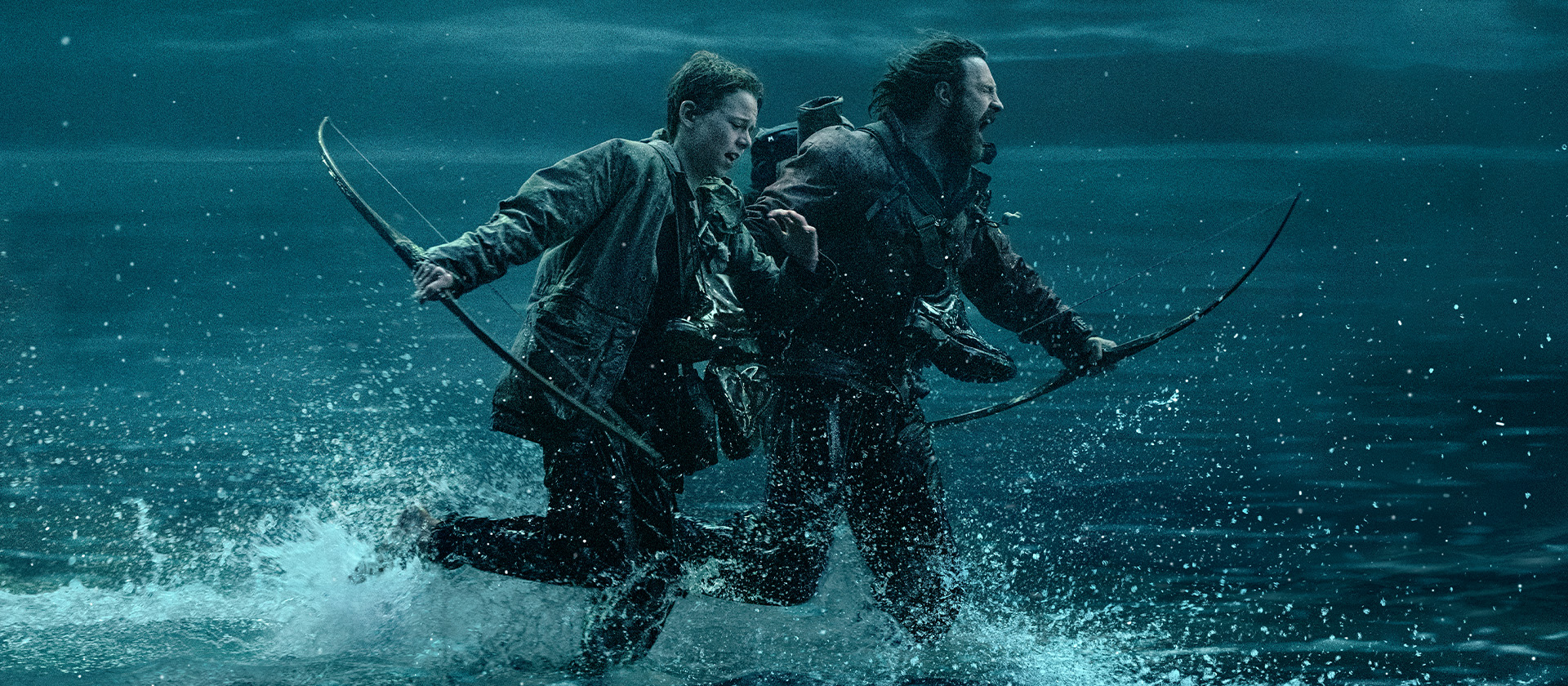
The meandering middle sees Spike and Isla on the hunt for mysterious medicine man Dr Kelson (Ralph Fiennes), to see if he can cure her. Clearly drawing on Boyle’s love for Apocalypse Now, we first meet Kelson, covered in orange iodine, looking like Colonel Kurtz.
Once again, though, Kelson and his memento mori—a huge skull installation and, presumably, the “Bone Temple” of part four—defy expectations. What happens next is more Lord of the Rings than Lord of the Flies—moving, mystical and ever so slightly contrived. Isla, you see, has a movie sickness, which allows her to find strength at narratively convenient points. Along the way they also pick up a movie baby, which does exactly what the story requires of it at all times, just like real babies.
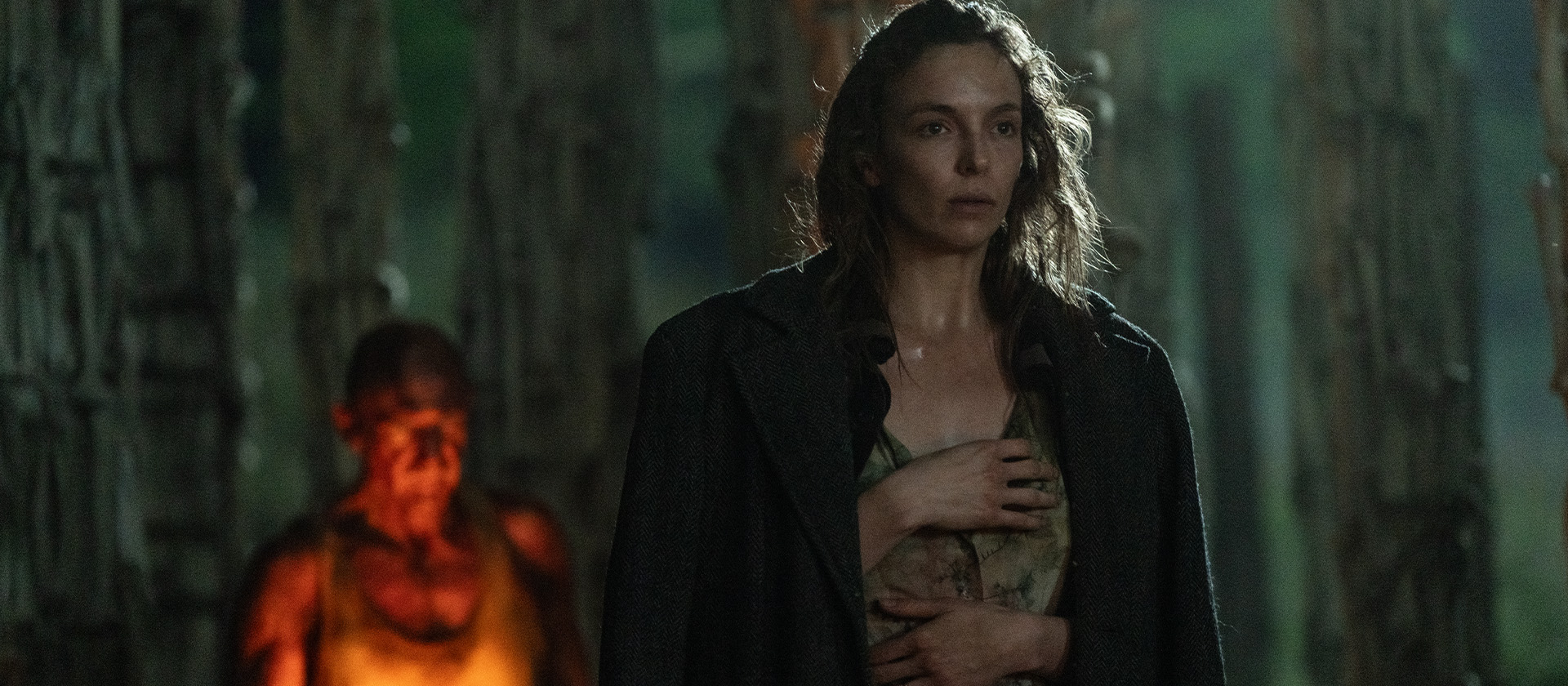
If the first part feels more Boyle (wide-eyed children, counterintuitive music, things moving very fast indeed), this part feels more Garland (lost souls, cosmic concerns, picaresque encounters). God knows who’s responsible for the final part, but it’s a left-turn so bonkers it ends the film on a note of head-scratching anticlimax.
Maybe all will make sense when the sequel comes out. Maybe this is just the first stage in a surreal, after-the-fall odyssey, like The Road with a sense of humour—and massive zombies in the nip. Or maybe, in trying to fold in too many elements the film’s reach exceeds its grasp. Let’s hope we don’t have to wait another 23 years to find out.














